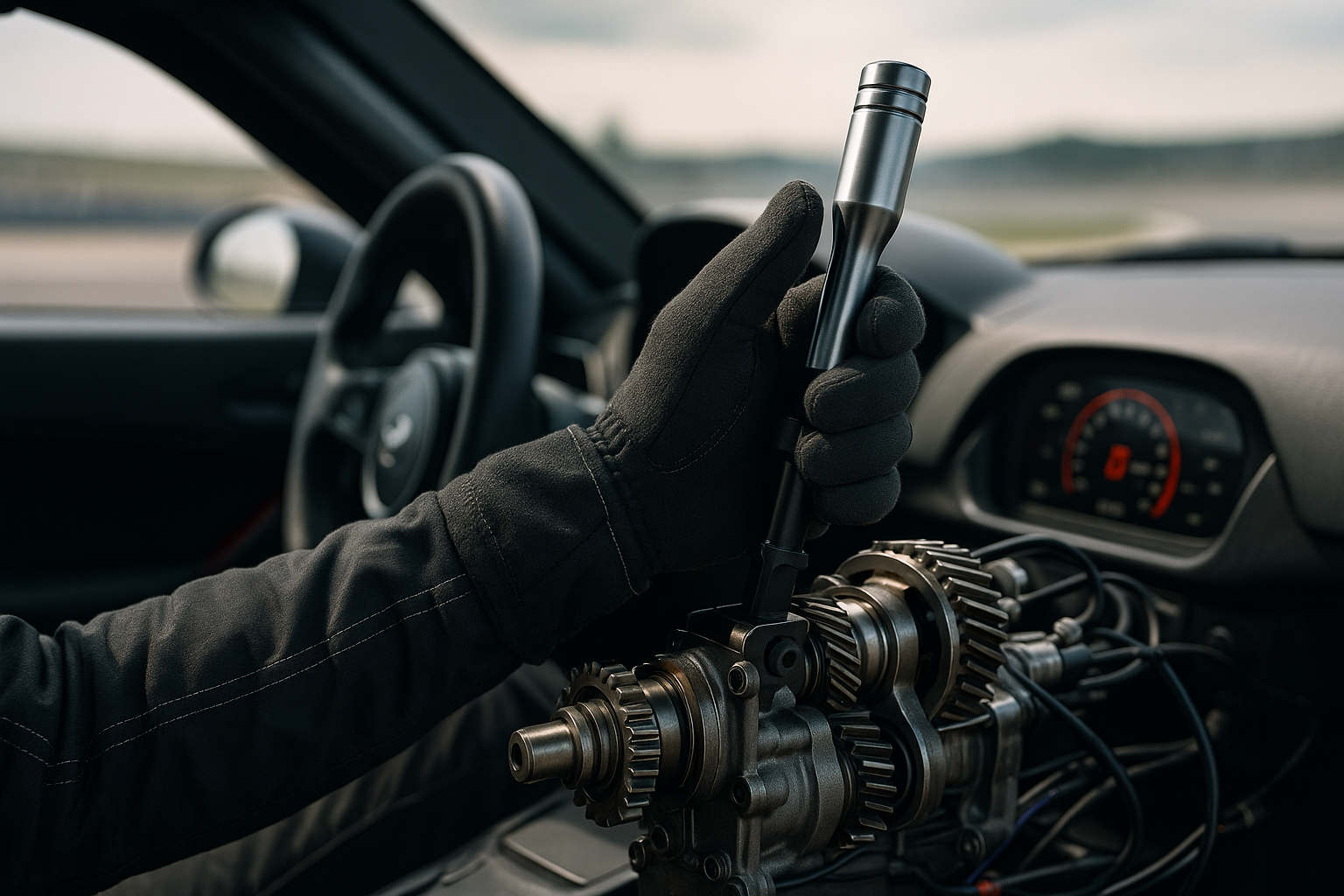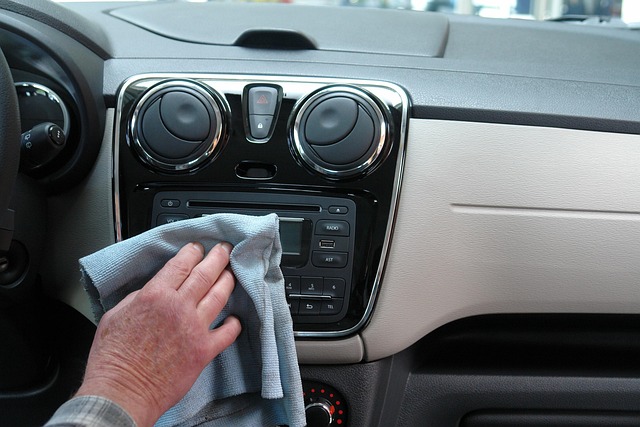Shifting Gears: A Deep Dive into the World of Sequential Gearboxes
In the intricate world of automotive technology, the sequential gearbox stands as a remarkable innovation. While it's commonly associated with high-performance sports cars and Formula 1 vehicles, the technology has a far-reaching influence on how we perceive driving dynamics.

The Birth of Sequential Transmissions:
Sequential transmissions emerged out of the need for speed and efficiency in the racing world. Traditional manual gearboxes, while engaging for the driver, were slow and prone to human error. The idea was simple - to create a gearbox that would allow for rapid gear changes, without the need to jump between non-sequential gears. The first true sequential gearbox was introduced in the late 1930s by the French manufacturer, Citroen. This innovative design quickly gained traction in the world of motor racing due to its efficiency and speed.
The Mechanics of Sequential Gearboxes:
Rather than the traditional H-pattern found in manual transmissions, a sequential gearbox arranges gears in a straight line. This arrangement allows drivers to shift gears in a set order, akin to a motorcycle, moving up or down the gearbox one gear at a time. This simplicity eliminates the risk of a missed shift, a common issue with manual transmissions. The real magic lies in its intricacy - with helical gear sets, intricate shift mechanisms, and advanced control systems working together to deliver rapid-fire gear changes.
The Impact of Sequential Gearboxes on Modern Automotive Industry:
While sequential gearboxes are a common feature in racing and high-performance vehicles, their influence extends far beyond the racetrack. Various adaptations of this technology have found their way into everyday cars, enhancing both performance and fuel efficiency. Notable examples include the semi-automatic transmissions found in many modern vehicles, which offer the convenience of automatic shifting with the control of a manual transmission.
The Future of Sequential Gearboxes:
As the automotive industry moves towards more efficient and faster vehicles, the importance of sequential gearboxes is only expected to grow. The technology is continuously evolving, with advancements in electronic control systems and gear design further enhancing their performance and efficiency. However, the shift towards electric vehicles, which do not require a traditional gearbox, poses a significant challenge to the future of sequential gearboxes.
Wrapping Up:
In conclusion, the sequential gearbox serves as a prime example of how racing technology can influence everyday vehicles. Its blend of speed, efficiency, and driver engagement has not only revolutionized the world of motor racing but also made a significant impact on the broader automotive industry. Despite the challenges posed by the rise of electric vehicles, the sequential gearbox is likely to remain a key component of high-performance vehicles for years to come.




